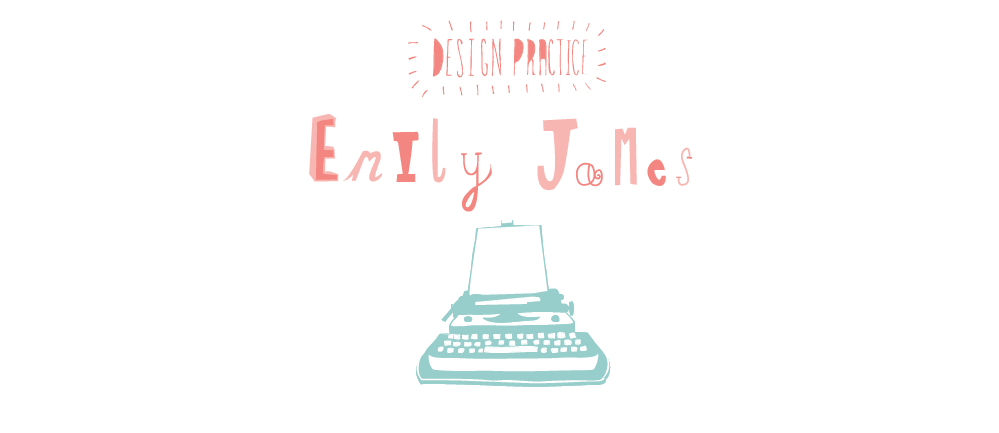OUGD505-
Evaluation
1. What
skills have you developed through this module and how effectively do you think
you have applied them?
This module I used quite a lot of processes however because
I had done most of them before, I felt as though I could complete the process
to a higher standard and be more productive. I did not waste time having do to
multiple practices in case they went wrong. I think this comes will being more
organised and planning which processes I want to do, what I need to do them and
when is the best time. However, laser cutting was one process that I wanted to
do more of in this module, which I did. I created more complex designs, for
example my exhibition poster and used different stocks such a ply for the
buttons.
2. What approaches to/methods of design production have
you developed and how have they informed your design development process?
I think that I thought more about the concept approaching
this module and this informed my design production. I tied everything together
through the aesthetics and the idea of my project. Relating the printed
products with the digital work was an approach I wanted to carry through. I have attempted to think of products
as whole set rather than individual pieces which is helped me develop a more
realistic and effective final outcome. I also worked hard on creating
functional products that could actually be sold rather than just mocking them
up. I think this communicates a concept better and more professionally.
3. What strengths can you identify in your work and how
have/will you capitalise on these?
Strength within this module was probably my concept and the
fact that it allowed for the brand to be expanded if I was to carry it. I think
the problem I set myself was realistic and relevant; equally, my response was
appropriate. I think the processes
I used are strength as I feel I used to processes more effective for my design.
It may not be a main strength, but something I have definitely improved on is photographing
my final outcomes in a more professional manner. I think I managed my time well
in this module and focussed on producing design I enjoyed doing.
4. What weaknesses can you identify in your work and how
will you address these in the future?
I think my weakness is mocking up my products in context. I
really need improve my Photoshop skills in order to mock-up professionally and
realistically. Another weakness in my work is my presentation boards, even
though I have had lots of practice, I still feel as though my layout and
content could be greatly worked on. I need to get into the habit of spending
more time on them and analysing the most appropriate way to present the boards.
5. Identify
five things that you will do differently next time and what do you expect to
gain from doing these?
Next time I will expand my project even further. Even though
I allowed space for this, I could have done more. By doing this I think I would
gain a wider range of products and a deeper concept. I would like to spend more
time doing primary research, even though I did do some in this module, I
generally enjoy this approach and is something I can gain a lot out of. In the future I would like to try and
code some of the website I have proposed. I really want to improve my coding
skills so I think this will be beneficial even if it takes time. Lastly, next
time I would like to do even more processes such as embossing, just because I
feel as though doing the processes is very beneficial within my design process
and production.
6.How would you grade yourself on the following areas?
Attendance- 5
Punctuality- 5
Motivation- 4
Commitment- 4
Quantity of work produced- 4
Quality of work produced- 4
Contribution to the group- 4























































